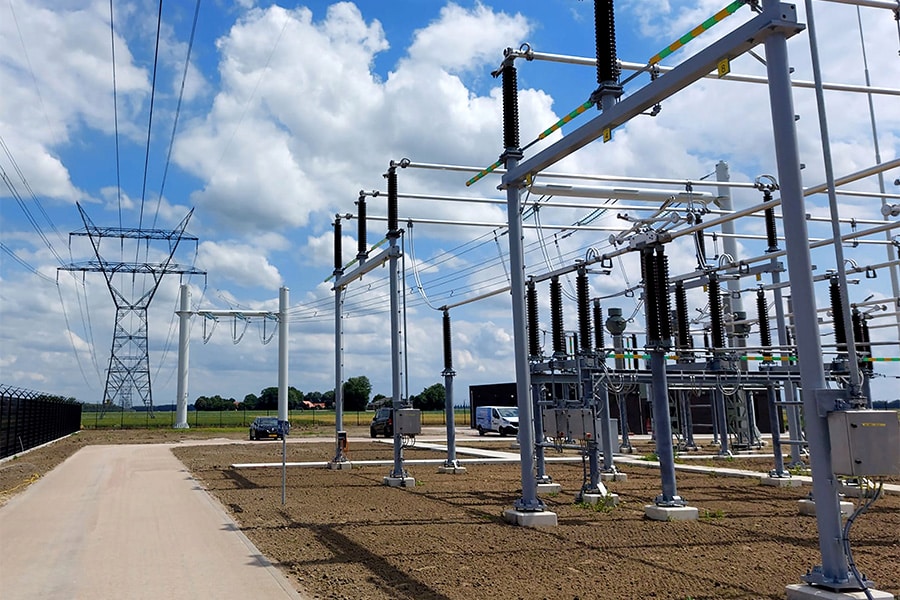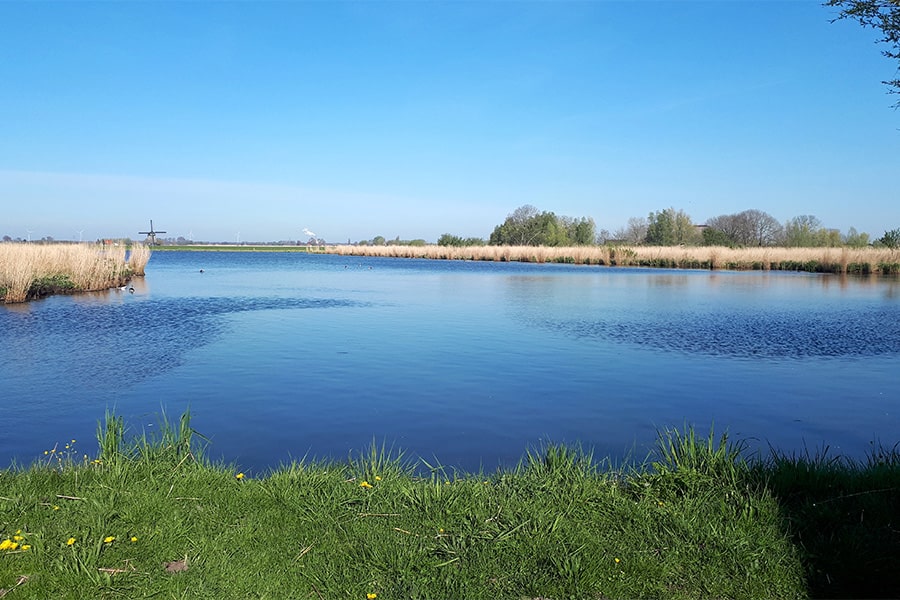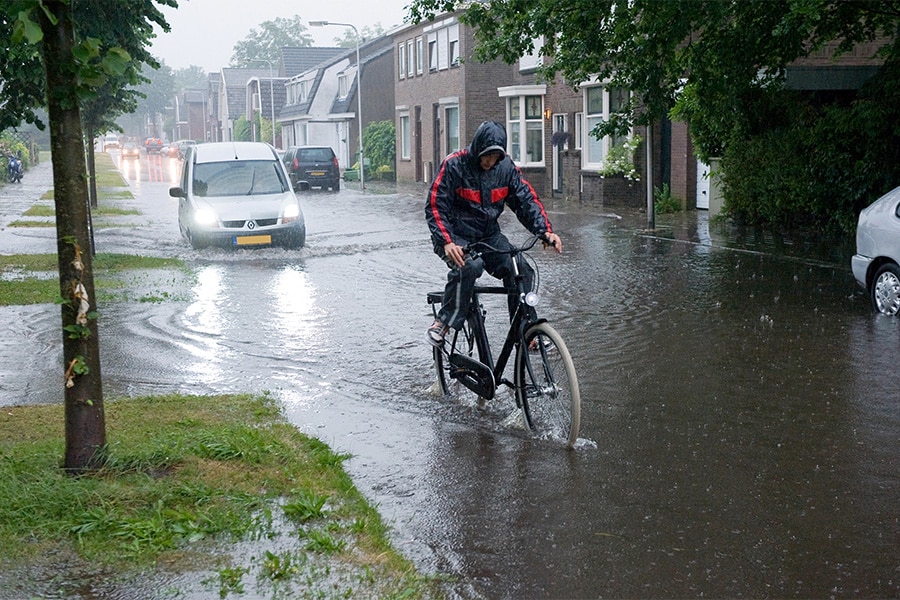
An overall vision for a structured and uniform stormwater structure
In the near future the municipalities of Baarle-Nassau and Baarle-Hertog will be faced with various new redevelopment projects, building plans and road reconstructions in which rainwater will be disconnected as much as possible from the existing (mixed) sewers. Both municipalities need an overall vision for a structured and uniform handling of rainwater, taking into account climate change and thus heavier showers, but also longer periods of drought. Water must be processed, buffered and drained as efficiently as possible. The advantage of disconnection is that rainwater is no longer mixed with wastewater, thus reducing the burden on the purification system.
Many municipalities are struggling with the same problem: existing sewer systems are more frequently burdened with heavier showers that can cause nuisance and damage. The projects designed to counteract this regularly lack coherence. The measures are fragmented and an unambiguous vision of the future and structure are lacking. Here it is often difficult to find a balance between the drainage of extreme precipitation and the prevention of desiccation in the summer months.
Iv was asked to prepare a stormwater structure plan, which will serve as a blueprint for all future sewerage projects, redesigns and construction plans. Iv has since gained extensive experience with structure visions and blue vein plans and from this has developed a roadmap that was also used in this project.
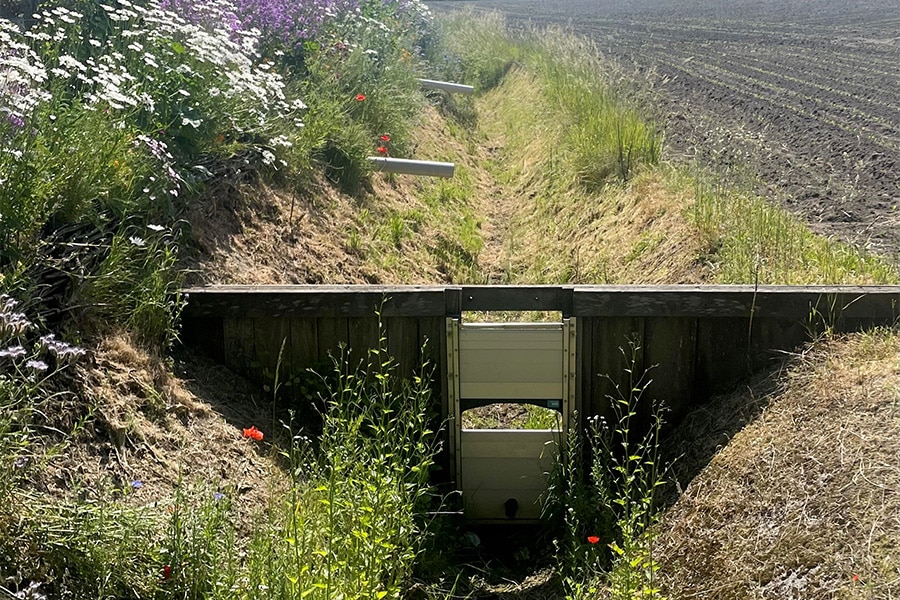
Exit situation
The location of both municipalities is special. The Belgian part consists of dozens of exclaves that in turn also enclose Dutch territory. The exclaves often intersect streets and even buildings. Although both municipalities cooperate closely in sewer and water management, there are differences in terms of laws and regulations.
The Belgian government has determined that owners of newly built homes must buffer their own rainwater. Depending on the area of the roof, up to 5,000 liters of water must be stored on one's own property. The water can be used for watering the garden or delayed rainwater runoff. This legislation does not apply on Dutch territory. When drawing up the rainwater structure plan, Iv took into account buffering on private property in the Belgian sections.
In particular, the center area of both municipalities has a large concentration of paved surfaces and relatively few possibilities to collect or drain water. The current system cannot adequately handle heavy precipitation.

Approach
To guide the planning process, both the Dutch municipality of Baarle-Nassau and the Belgian municipality of Baarle-Hertog have been closely involved in the project from the beginning. Several consultations were held with both municipalities, where input from historical and local knowledge was of great value. In addition, Iv carried out various field inventories and identified specific area characteristics, opportunities and risks for incorporating the future stormwater structure.
One of the findings is that groundwater levels are quite low, averaging about 1.5 to 2 meters below ground level. Only in the area around Loveren do higher water levels occur, to just below ground level. This low water level can lead to drought stress in dry periods (summer), but also offers opportunities to buffer water during peak downpours.
Following the inventory phase, Iv prepared a sketch design for the optimization and redistribution of stormwater through a blue vein pipeline. This mainly involves draining water from nuisance locations toward the outlying area. This mainly involves the use of water courses. Due to the low groundwater level, these watercourses are dry for much of the year. Here there is room for large-scale water storage and slow infiltration. The blue vein is partly executed as an infiltration pipe, so that during normal precipitation most of the rainwater infiltrates locally into the soil. This will also combat desiccation within the existing built-up areas. The stormwater structure plan takes future building plans and development projects into account, among other things by sizing stormwater pipes for the expected future amounts of pavement.
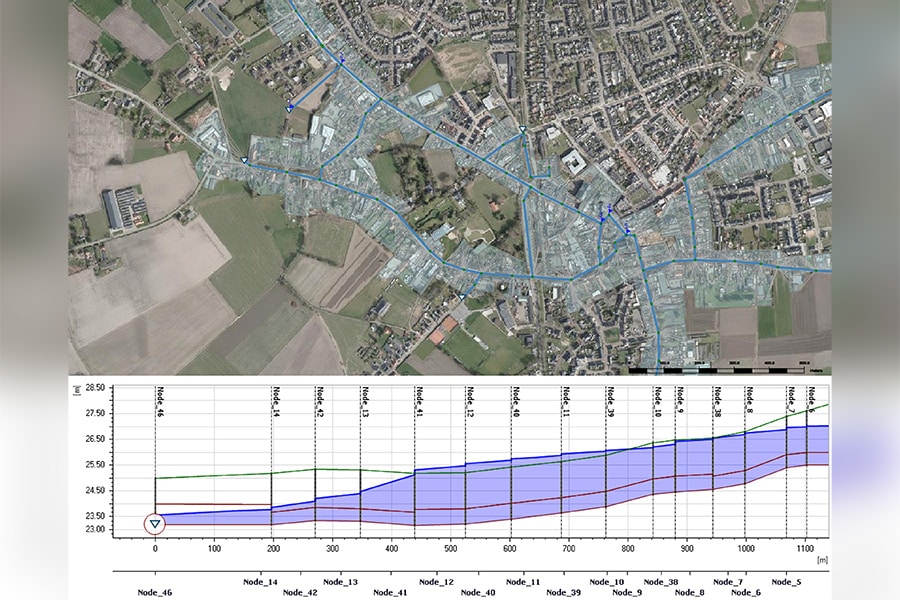
The modeling used as a testing criterion that no water should occur in the street during "Bui 10," plus a factor of 10%. This squall statistically occurs once every ten years and lasts for 45 minutes, with a total precipitation of 35.7 millimeters and a precipitation peak of 75.6 millimeters per hour. All adjacent surfaces are connected directly to this main structure. Roofs are connected to the system for 50% and publicly paved surfaces even completely.
The plan consists of the main structure (blue vein) but also marked areas where local measures are taken, such as wadis and smaller measures on private property. In addition to the main structure, some smaller areas with their own drainage location have been designated. After all, not all areas can be connected to the main structure efficiently.
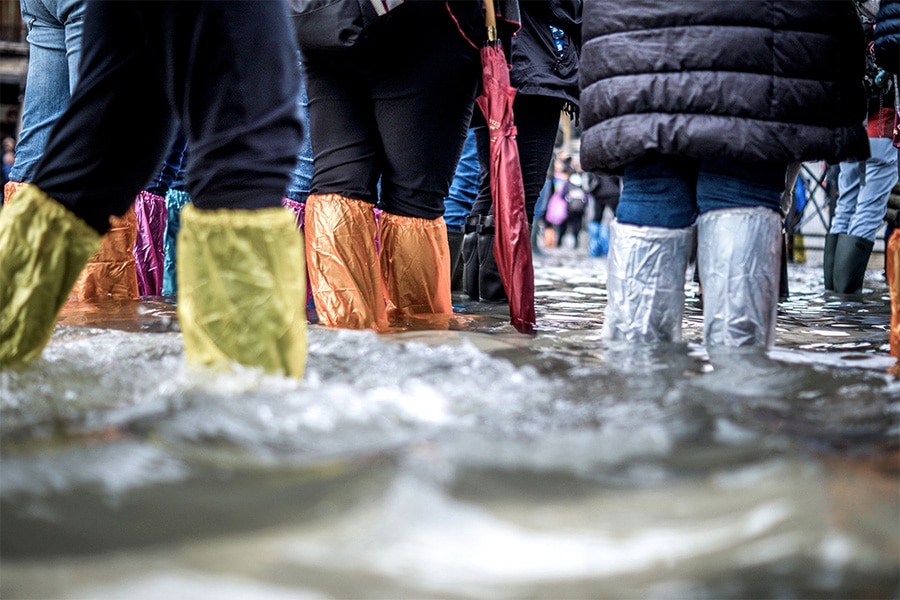
Continued
Iv was asked to develop this into a more concrete (preliminary) design. In Baarle-Nassau and Baarle-Hertog several major reconstructions of five central roads are planned in the near future. The center will also be refurbished in the coming years. With a supported stormwater plan on the table, both municipalities can proceed with these projects with confidence.
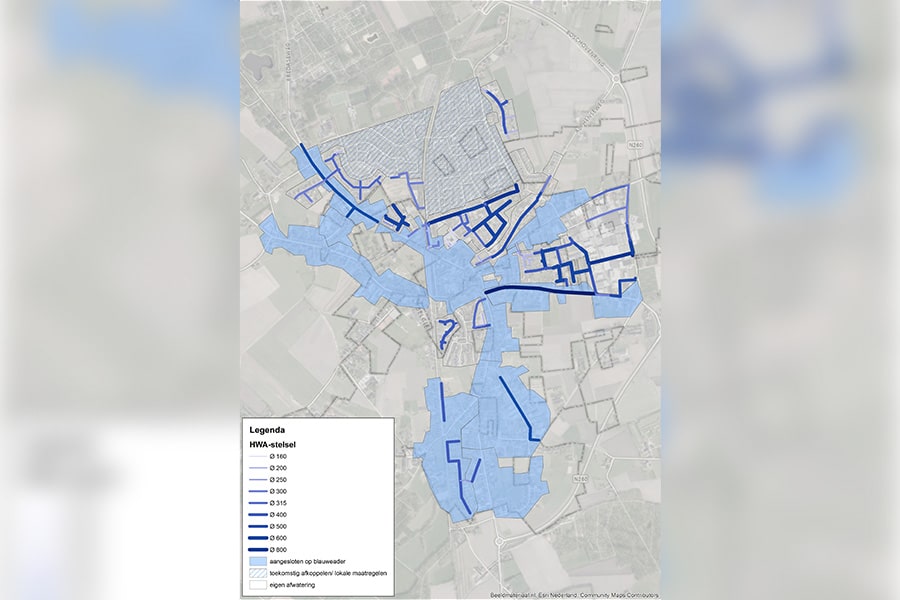
Blue vein plan
For various reasons, many municipalities have problems distributing their stormwater in a good, sustainable way. During heavy precipitation, (too) much stormwater flows away and in hot, dry months it is often difficult to properly buffer stormwater. A Blue Vein Plan is a comprehensive long-term vision for better distribution of stormwater. One of the most important aspects of a Blue Vein Plan is to divert stormwater from nuisance locations to dry spots or locations where there is extra space to collect stormwater.
One of the characteristics of a Blue Vein Plan is that it focuses not only on the situation now, but also on the future. Thus, we ensure that new construction areas can also be properly connected to the stormwater structure. This also applies to reconstructions of existing areas.
A good stormwater structure depends in part on a properly functioning sewer system. That is why, parallel to the Blue Vein Plan, Iv also draws up an up-to-date basic sewerage plan (BRP) when requested. This plan gives us and municipalities insight into the bottlenecks and possible solutions in the disposal of waste and rainwater via the sewer system.

